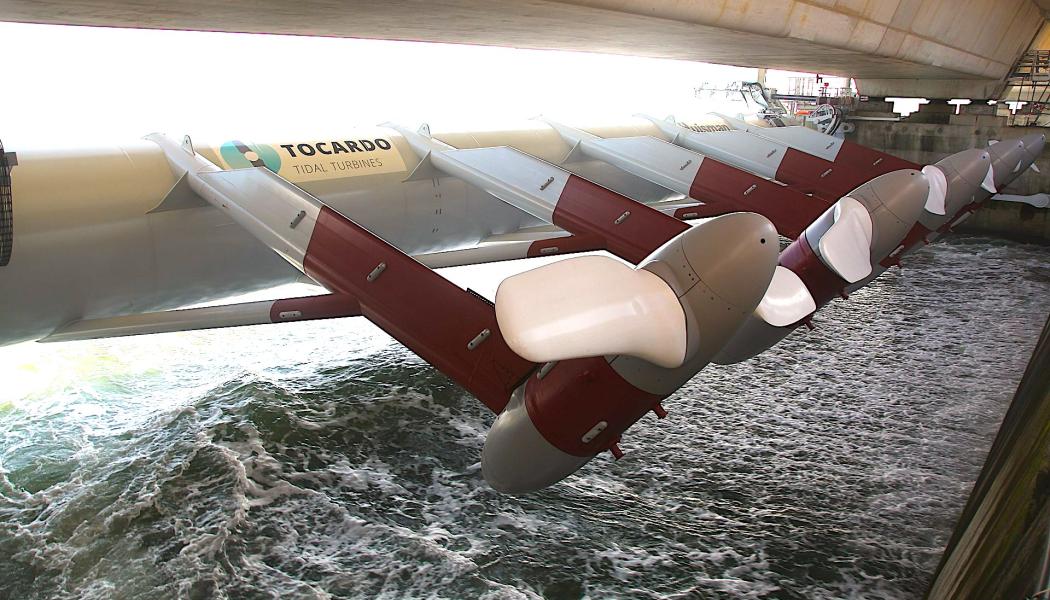A study by the Offshore Renewable Energy (ORE) Catapult and Imperial College London (ICL) shows that tidal energy has the potential to meet 11 percent of the UK's electricity consumption, equivalent to 11.5 gigawatts.
The research also indicates that tidal projects could contribute up to £17 billion to the UK economy by 2050.
A study led by ORE Catapult in 2022 and by ICL researchers in 2023 analyzed the cost benefit of Tidal Stream Energy (TSE) in the energy system. The results show that the TSE could deliver annual savings of £71 to UK consumers, with a total annual benefit of around £2 billion.
Improves energy system resilience
Although the cost savings of TSE in an energy system depend on many factors such as installed capacity and costs of other energy sources, the study shows that the benefits of wave energy can be achieved even with higher nuclear inputs and lower costs of energy storage systems.
ORE Catapult emphasizes that tidal currents improve energy system resilience by diversifying renewable energy sources. Tidal currents are consistent and predictable, ensuring stable power generation even in challenging weather conditions and reducing dependence on imported gas or electricity.
More benefits
A scenario with TSE was found to have a £2.6 billion higher benefit compared to a scenario without TSE during a week-long quiet period.
TSE is considered cheaper than nuclear, which means system advantages include savings over nuclear. In addition, TSE reduces integration of gas production, reduces exposure to higher fuel prices and increases capital cost savings with additional carbon capture technologies such as carbon capture and storage (CCS).
Growing needs
As the capacity of offshore wind and solar arrays increases, their system integration costs increase. There is a growing demand for energy storage solutions to match energy demand and supply. The optimal energy generation portfolio designed by the organization includes at least 10 GW of wave power, even if storage costs are 20 percent lower than expected.
Reduced technology costs
Realizing the benefits of wave current requires an adequate expansion of wave power, which can only happen by reducing technological costs. ORE Catapult asserts that collaboration between innovators to standardize certain components can help reduce manufacturing costs in the supply chain.
Long-term political support from the government is another key factor in enabling significant expansion of wave energy. The UK government has already taken positive action by allocating funding for tidal energy under the Contracts for Difference (CfD) scheme.
Source: ORE Catapult.

“Passionate beer ninja. Extreme problem solver. Thinker. Professional web fan. Avid communicator. Hardcore troublemaker.”







More Stories
Mockingly mocking in the UK is illegal
Harvesting early and small peas in Britain
Saab is supplying the British Army with a new generation of Arthur radar